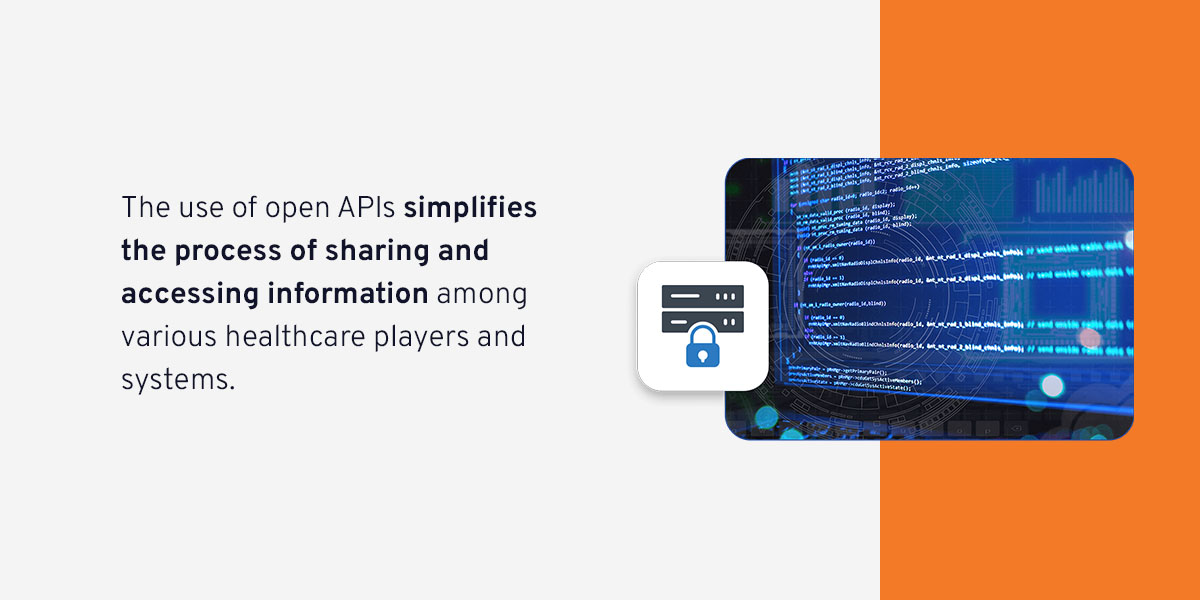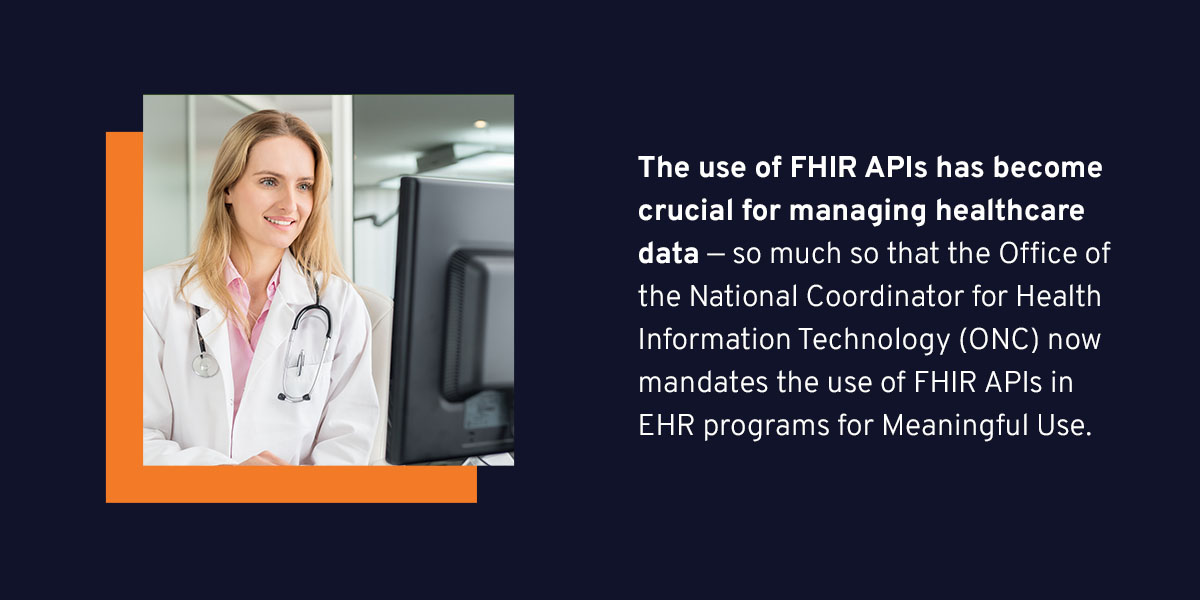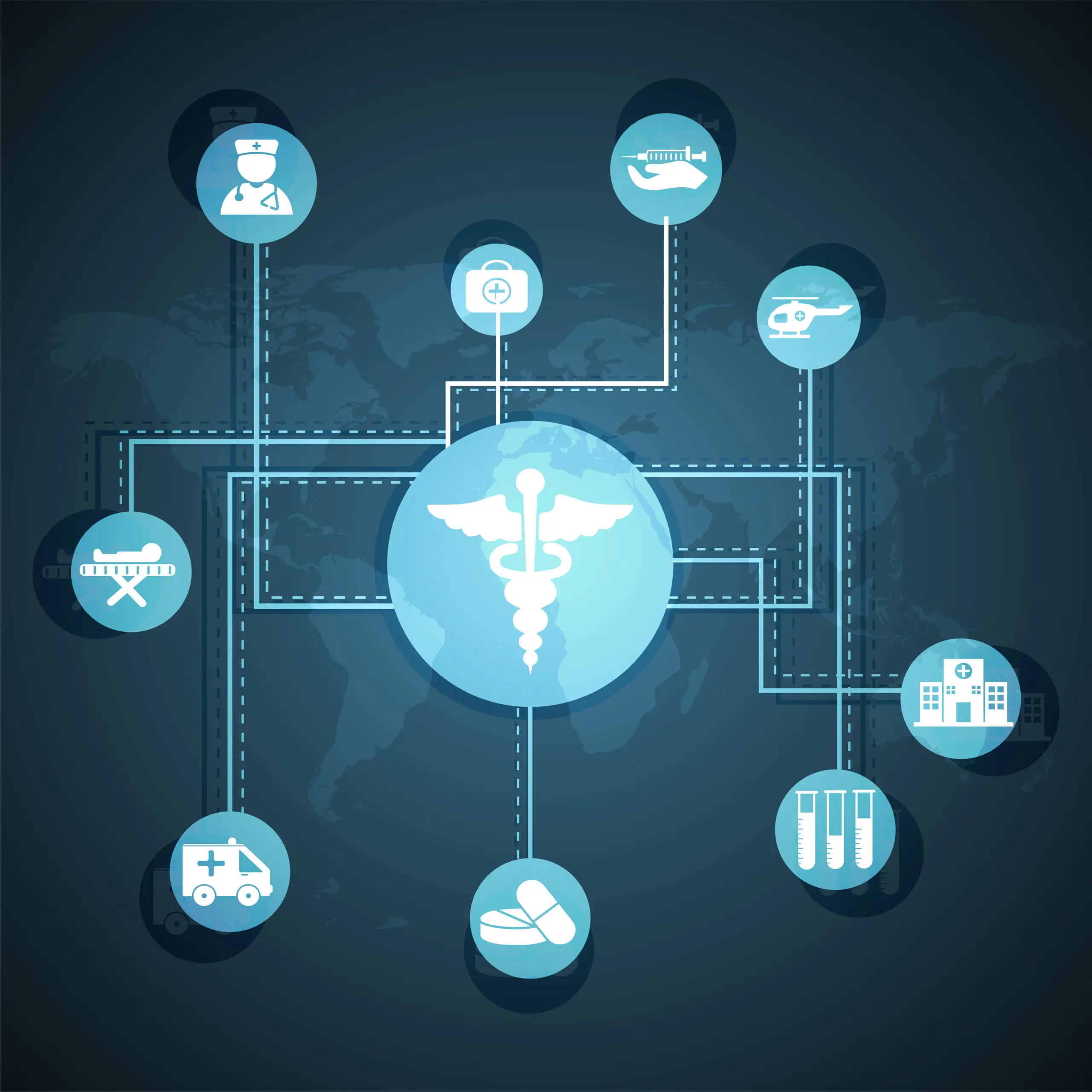In 1989, Health Level Seven International (HL7) released HL7 V2 to ensure enterprise-level interoperability across the healthcare industry. HL7 was followed up with HL7 V3 in 2003, which was based on XML coding. However, the limitations were quickly known — it was not backward compatible and lacked the interoperability, flexibility, real-time data exchange capabilities and applicability of modern technologies.
In 2014, HL7 released the Fast Healthcare Interoperability Resources’ (FHIR) standard, defining rules for how healthcare information can be electronically exchanged. FHIR uses a RESTful application programming interface (API) approach, making it web-friendly and allowing developers to access and exchange healthcare data in a more efficient and standardized manner. It modularizes resources, which are individual pieces of data such as patient records, observations and medications. These resources can be combined to create comprehensive health records and enable better interoperability among healthcare systems and applications.

The use of open APIs simplifies the process of sharing and accessing information among various healthcare players and systems. The healthcare industry has widely adopted Direct Secure Messaging as well as FHIR due to its flexibility, ease of implementation and suitability for various healthcare scenarios.
How Are FHIR Open APIs Used?
FHIR APIs have a wide range of uses in the healthcare industry. Below are some of the common ways FHIR APIs are utilized:
- Patient portals: FHIR APIs allow patients to access their health data through web or mobile applications. Patients can view their medical history, test results and prescriptions, promoting improved patient engagement and better self-care.
- Electronic health record (EHR) integration: FHIR APIs allow healthcare providers to integrate EHR systems with other applications, allowing for the seamless exchange of patient information between different healthcare organizations and facilities.
- Telemedicine and remote monitoring: FHIR APIs enable telemedicine platforms, allowing healthcare professionals to provide remote care and consultations. APIs also enable real-time monitoring of vital signs and medication management.
- Clinical decision support: FHIR APIs support the retrieval of patient information from EHRs and other systems to provide evidence-based recommendations and alerts.
- Medical research and clinical trials: Researchers can use FHIR APIs to access and share patient data for clinical trials and streamline data collection and analysis while maintaining patient privacy.
- Mobile health and wearable devices integration: FHIR APIs can be used to integrate data from health and wellness-focused mobile apps and wearable devices for improved patient care and tracking overall public health.
- Government and public health initiatives: Government agencies and public health organizations can use FHIR APIs to collect, analyze and share health data for disease surveillance, health policy formulation and public health campaigns.

The use of FHIR APIs has become crucial for managing healthcare data — so much so that the Office of the National Coordinator for Health Information Technology (ONC) now mandates the use of FHIR APIs in EHR programs for Meaningful Use.
What Are the Advantages of FHIR APIs?
FHIR APIs offer several advantages that contribute to improved interoperability, resulting in improved patient outcomes. Some of the key advantages include:
- Standardized data exchange and interoperability: The use of FHIR APIs provides a standardized framework for data exchange. This ensures the data is uniformly structured and formatted, making it easier for various systems and applications to interpret and manage.
- Modularity and granularity: FHIR APIs are designed with modularity and granularity in mind, allowing developers to retrieve only the data they need. This reduces data transfer overhead and minimizes the risk of sharing unnecessary data.
- Efficient development: Interacting with healthcare data is made easier with FHIR APIs, providing a standardized approach to development. RESTful APIs are commonly used in non-healthcare industries, making it easy to find developers. With the availability of numerous tools, libraries and documentation, developers can seamlessly integrate FHIR APIs into their applications.
- Real-time data access: Accessing patient data in real-time through FHIR APIs improves the accuracy and timeliness of care provided.
- Migration and integration: FHIR APIs can be used to migrate data from legacy systems to modern EHRs, improving data accuracy and consistency.
What Are the Challenges of Open APIs/FHIR?
While open APIs and FHIR have come a long way in the past few years, as with any new technology, some challenges are to be expected. For example, managing various versions of FHIR and ensuring backward compatibility can be a challenge, particularly when updates to the standard are issued. FHIR implementations can vary between EHR vendors and healthcare systems, leading to inconsistencies in how data is exchanged.
A lot of healthcare organizations do not possess the required IT knowledge to efficiently set up and manage FHIR API systems. Hence, these organizations partner with web service API providers such as DataMotion.

Trust API and FHIR Healthcare Solutions from DataMotion
The DataMotion Direct Secure Messaging service and DataMotion Direct APIs are data-sharing techniques complementary to the FHIR Open API standard. DataMotion works with partners to leverage health information exchange techniques for innovative new solutions that enable patient engagement, care management, care transitions and patient enrollment.
Contact our team to increase interoperability with FHIR open APIs.




